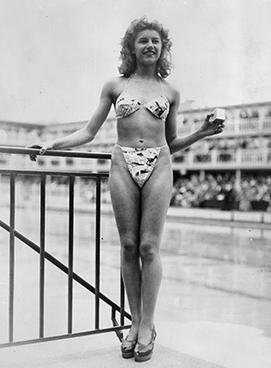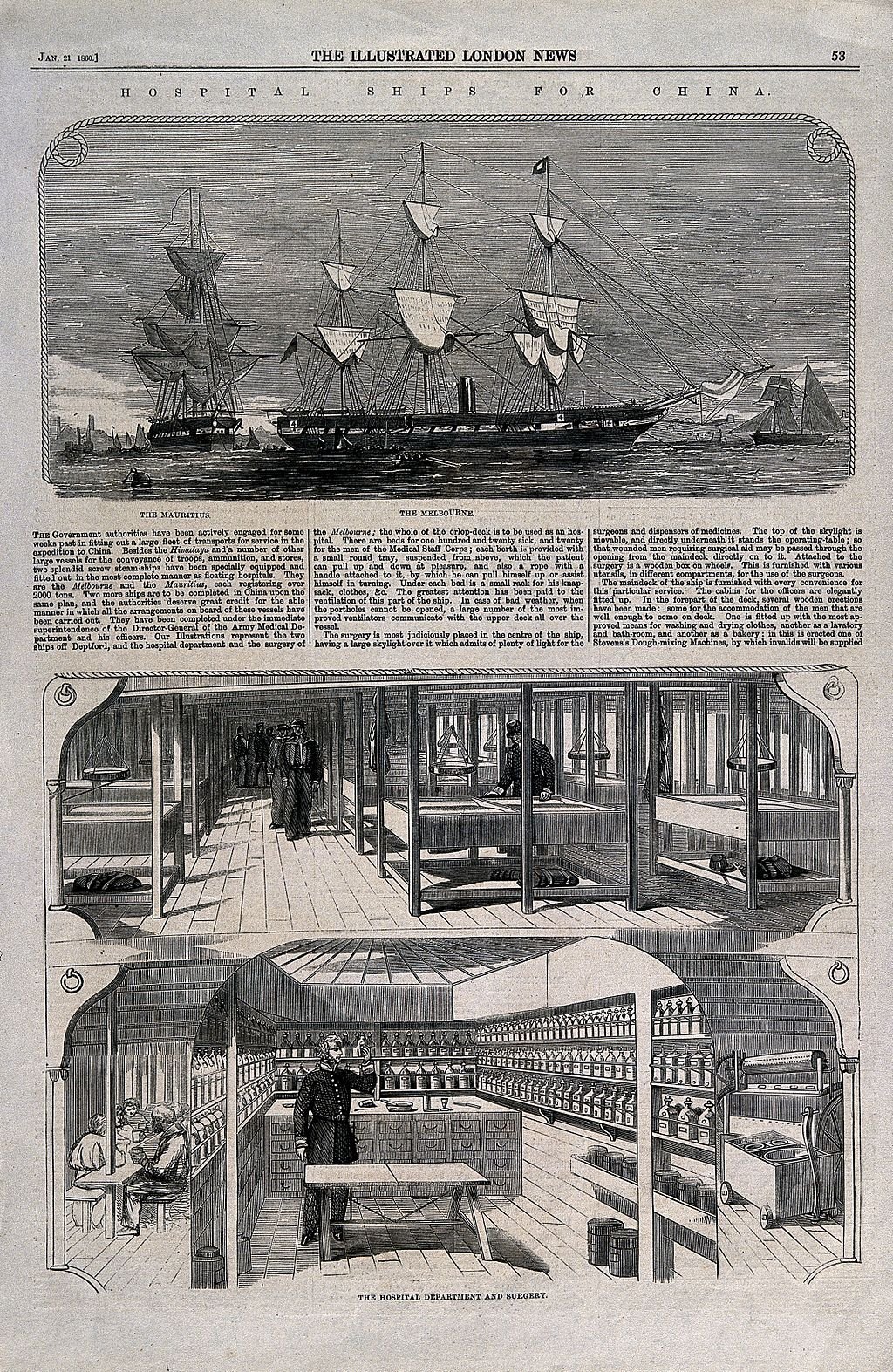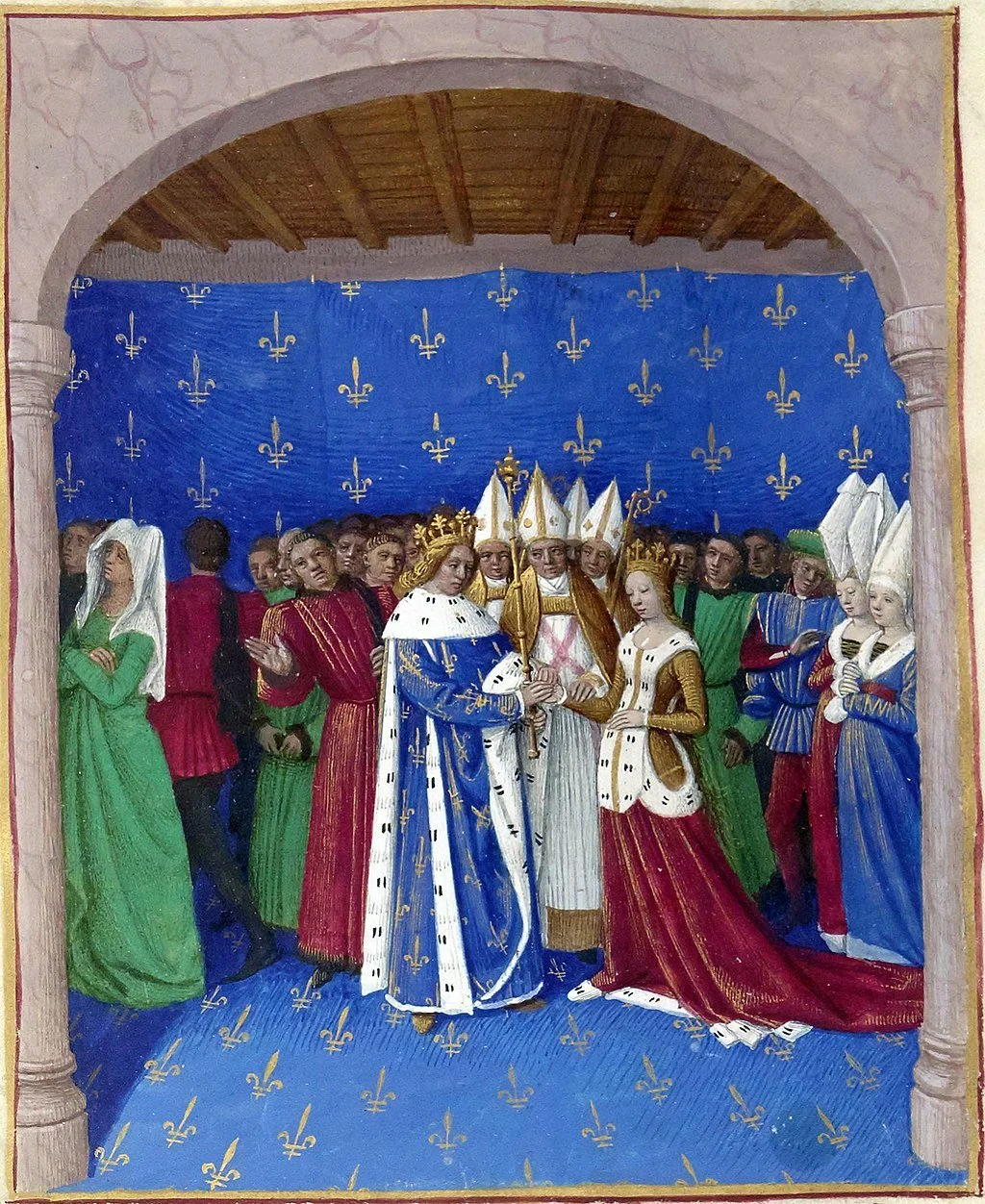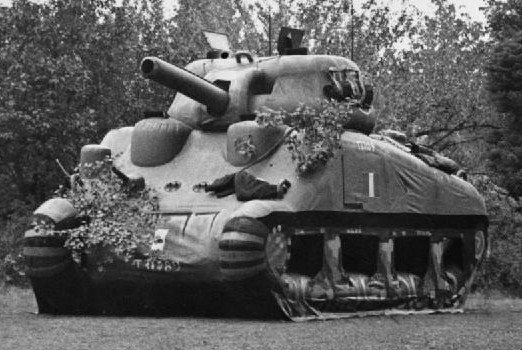In the decades preceding the American Civil War, the United States found itself facing an identity crisis. The principles of life, liberty, and the pursuit of happiness as espoused by an earlier generation began to come under threat from the same institutions erected to protect them. It seemed that in the agrarian democracy Americans were building, there were many who felt marginalized and ignored. As the nation continued to expand and leaders wrestled with the existence of slavery the Union, the question of religious freedom remained.
Marvin McCrary explains.
Brigham Young while Governor of Utah. By Charles Roscoe Savage.
Exodus
By the 1850s, the Church of Jesus Christ of Latter-Day Saints had a significant presence on the American landscape. Members of the church were known as Mormons, the name deriving from the Book of Mormon, a set of holy scriptures which served as the keystone of the religion. The Latter-Day Saint movement had been founded in 1830 by Joseph Smith who, while not possessing much of a formal education, seemed endowed with great oratorical skill and personal charisma. Smith declared that where other churches had strayed, his would restore the faith as it had been conceived by Christ himself. Over the next few years, church membership would grow rapidly, drawing the ire of those settlers who felt threatened by the Mormons' practice of settling in concentrated numbers and voting as a bloc. Such instances often led to conflict and violence, and Joseph Smith’s life would be cut tragically short when he found himself jailed in the town of Carthage, Illinois under false pretenses in 1844. During a raid on the jail, an anti-Mormon mob shot Smith and his brother to death. He was only 38 years old.
The fledgling religious movement entered a time of great uncertainty, as they had not anticipated losing their leader so suddenly. The ruling body of the church, the Quorum of the Twelve Apostles, took control of church affairs in the interim, until it was determined who would be best suited to succeed Smith. It was a man named Brigham Young, then serving as President of the Quorum of the Twelve Apostles, who would become the next leader of the church in 1847. Like Smith, Young was a man of humble origins from the Northeast. Young was noted for his strong determination, straightforwardness, and unyielding faith. In 1846, Young led the beginnings of what would become an exodus of “Saints'' (the preferred term used by members, especially after 1834), determined to establish their faith beyond the reach of both American laws and resentment. In July, 1847, Brigham Young beheld his first glimpse of the Great Salt Lake Valley. The historian Leonard J. Arrington wrote that church leadership knew about the area from trappers' journals, explorers' reports and interviews with travelers familiar with the region. Having endured much persecution for the sake of their beliefs, the Saints undoubtedly believed they could finally enjoy a semblance of peace, and the swath of untamed wilderness would become a new Zion for the Saints. Young believed that the isolation of Utah would ensure the Saints the right to freely practice their religion. Many of the pioneers had Puritan ancestry, and felt a strong bond with those earlier settlers, who had likewise been forced to leave their homeland in search of a land where they might know freedom.
Brigham Young understood that the Saints could not "leave the political orbit of the United States", nor were they desirous to do so. The Saints possessed an unwavering belief that personal liberty as written in the Constitution should allow one the right to exercise faith without infringement, despite the lack of support and recalcitrance they witnessed from the American government. When gold was discovered in California in 1848, thousands began moving westward on trails that passed directly through the territory which had been settled by the Saints. This proved a double-edged sword, as not only did this bring plenty of opportunities for trade and commerce, it also served as a catalyst towards ending the Saints’ isolation. Barely had the dust settled from the wagons of their arrival, did the church leadership sought to put forth a proposal that the territory be incorporated into the United States as the State of Deseret. The name “Deseret” came from a term in the Book of Mormon for honeybee; it signified industry and cooperation. This spoke to the Saints’ desire to make their new Zion as large and industrious as possible, while not seeking to infringe upon territory important to others, such as California and New Mexico.
Establishing Zion in the Mountains
The Saints believed that a state run by their own leadership would be able maintain their hard-fought religious freedom. There were concerns amongst the membership in regard to whether the territory would be governed by men of their own choosing, or federal government officials who would be sent from Washington, as was customary. The proposal put forth by the Church would be rejected by the federal government. Congress was reluctant to allow the creation of a state encompassing such a large area as it had been proposed; the State of Deseret would have included both the Great Basin and the Colorado River Valley. It was believed that only a carefully crafted compromise could provide satisfactory resolution. The Compromise of 1850 would assuage the growing tensions over slavery, while also satisfying the needs of settlers in western territories. It was felt that territories added to the United States after the Mexican-American War (1846-48) should be given the choice to decide for themselves whether they would enter the union as a slave state or a free state. With regards to the Saints in the Salt Lake Valley, Congress did not like the name “deseret” as it sounded too much like “desert,” therefore, it was proposed that the territory be reduced and named Utah, the name taken from the Ute indigenous people.
The establishment of western territories was inextricably tied to the issue of slavery. By the 1850s the United States had become a nation divided by specific regional identities. The South held a pro-slavery identity that supported the expansion of slavery into western territories, while the North largely held abolitionist sentiments and opposed the institution’s westward expansion. In the summer of 1850, Millard Fillmore became president when Zachary Taylor, a hero of the Mexican-American War, died unexpectedly. In response to the efforts of Thomas L. Kane, a man who had proven himself friendly to the Saints on previous occasions, Fillmore named Brigham Young the first Governor of Utah Territory in 1850, despite concerns about Young’s willingness to cooperate with the government. Kane had first encountered the Latter-Day Saints in 1846, during the early stages of the Mexican-American War. It was under these circumstances that he became convinced of the Latter-day Saints’ sincerity and sympathized with their plight. Although he did not share their religious faith, Kane would become the Latter-day Saints’ most influential outside advocate and adviser, working to secure religious and political rights on their behalf. The granting of territorial status gave the federal government greater authority over regional affairs than statehood, but the Saints were pleased with this development. Unfortunately, it would also prove to be a move which inadvertently set the stage for a clash between the Church and the federal government.
Over the next few years as governor, Brigham Young’s leadership took a theodemocratic approach. Theodemocracy was the fusion of traditional republican democratic principles along with theocratic rule. Young holding both political and ecclesiastical authority was natural and efficient from the view of the Saints, but this practice drew criticism from the outside. Church leaders also grew suspicious of both the character and intent of federal appointees, and a succession of federal officers—judges, Indian agents, surveyors—came to the territory only to have their decisions circumvented or reversed. Federal appointees returned East frustrated, intimidated, or both, and the amicable relationship with the government began to break down. In 1854, Brigham Young's term as governor expired and President Franklin Pierce, taking the reports out of Utah into consideration, wished to appoint someone else. In addition to not having many interested in the position, Pierce knew that Young, despite the nature of his leadership, enjoyed great popularity. Pierce decided to allow him to remain as governor, but Anti-Mormon sentiment would continue to spread, with particular regard towards the alleged practice of plural marriage.
The Saints' embrace of plural marriage was based on a revelation received by Joseph Smith. Following in the example of the biblical patriarchs such as Abraham and Jacob, the practice was instituted among members of the Church in the early 1840s. Brigham Young may have taken his first plural wife in 1842, but he did so with hesitation. Throughout the remainder of his life, Young would adamantly maintain that he had been reluctant to indulge in the practice. He would later write that "I was not desirous of shrinking from any duty, nor of failing in the least to do as I was commanded.” Although he had misgivings, Brigham also understood that to everything there is a season. He explains further, adding that "it was the first time in my life that I had desired the grave." With the passage of time, those members engaged in the practice had overcome their own prejudice and adjusted to life in polygamous families. It has been speculated that probably half of those living in Utah Territory in the mid-1800s experienced life in a polygamous family as a husband, wife, or child. Church leaders would publicly acknowledge plural marriage for the first time in 1852, at a general conference in Salt Lake City. Orson Pratt, a member of the Quorum of the Twelve Apostles, delivered a lengthy discourse, inviting the members to "look upon Abraham's blessings as your own, for the Lord blessed him with a promise of seed as numerous as the sand upon the seashore." After Pratt finished, Young read aloud Smith's 1831 revelation on plural marriage. The public disclosure seemed to satiate the national interest, but it quashed any hopes for statehood under Brigham Young’s leadership.
Annus Horribilis
By 1857, Young had been serving as governor for several years. Feeding on the tensions between the Saints and the United States government, newspapers from New York to California began reporting that the Saints were seeking the Indians' allegiance in preparation for a clash with the United States. Some accounts were based on briefings from disgruntled officials who had returned to Washington; others, based on gossip, tended toward a more alarmist tone. For example, the National Intelligencer, a Washington newspaper, put the number of the Mormons' Indian allies at 300,000, even though the total Indian population of the Utah Territory had been 20,000 at most. Young would characterize the press coverage as “the prolonged howl of baseless slander." In the spring of 1857, almost every federal official had left Utah. James Buchanan–a tall, stately and stiffly formal man– had been elected in 1856. It would be Buchnan’s misfortune to preside over a rapidly dividing nation. Scarcely had the ink dried on his inaugural address than reports concerning the Saints in Utah turned his attention to the far west.
The election of 1856 had been closely observed in Utah for two primary reasons. It was expected that the new president would appoint a new governor. The second reason was because anti-Mormon sentiments had risen during the election. For example, the Republican Party platform sought to dismantle the “twin relics of barbarism” polygamy and slavery. Buchanan made no speeches during his presidential campaign, and as such, Utahns were curious about the character of the man who would become the next president. "We would much prefer Buchanan to Fremont for President," wrote Young early in the campaign. Upon learning of Buchanan's election, Young declared, "We are satisfied with the appointment of Buchanan as future president, we believe he will be a friend to the good." Such hopeful sentiments were soon dashed, as Buchanan viewed the Saints in Utah as a problem, and he would find someone to replace Brigham Young as governor and bring order.
Buchanan found that there were few interested in the position, just as his predecessor had discovered. Utah was seen as a distant frontier, and the Saints were regarded as “peculiar people” who would bear the yoke of the American government quietly. William Smith, brother of the late Joseph Smith, was among those who had applied, but the man Buchanan eventually chose was Alfred E. Cumming, an experienced administrator, former mayor of Augusta, Georgia, and he was already serving as an Indian-affairs superintendent based in St. Louis, Missouri. Buchanan ordered federal troops to accompany Cumming and enforce federal rule in Utah. It came to pass that travelers passing through the Utah Territory from the Kansas-Missouri border soon brought word that federal troops were on the march. Brigham Young soon found himself in the unenviable position of once again guiding the Saints through yet another crisis. On July 24, 1857, the tenth anniversary of their arrival in the Salt Lake Valley, Young delivered the alarming news: The rumors were true–President James Buchanan had ordered federal troops to march on the Utah Territory. It would appear that 1857 would prove to be an annus horribilis.
The Utah Expedition
In September, Cumming and roughly 1,500 federal troops were about a month from reaching Fort Bridger, which lay approximately 100 miles (160 km) northeast of Salt Lake City. Brigham Young desperately needed time to prepare an evacuation of the city, and so he mobilized the Utah militia to delay the army. Even though they were thoroughly outnumbered, militiamen engaged in guerrilla warfare tactics over the next several weeks, as they raided supplies, burned the grass to deny forage to the soldiers' horses, cattle and mules. In what must have been seen as an act of divine intervention, snowstorms brought the army to a halt. Snowbound and lacking supplies, the troops' commander, Colonel Albert Sidney Johnston, decided to spend the winter at what was left of Fort Bridger, it having been burned by the militia.
The spring thaw began in 1858, and Johnston prepared to receive reinforcements that would bring his force to almost 5,000—a third of the entire U.S. Army at the time. Meanwhile, Young initiated what became known as the Move South, an exodus of some 30,000 people from settlements in northern Utah. Before leaving Salt Lake City, Saints buried the foundation of their temple, their most sacred building, and planted wheat to camouflage it from the invaders' eyes. A few men remained behind, ready to put houses and barns and orchards to the torch if it would keep them out of the soldiers' hands. The Saints, it seemed, were fated to be once again driven from their land, or face extermination. William Hyde recounts the distressing situation, writing in his journal that they prayed for deliverance.Deliverance would come in the form of Thomas Kane, who would once again advocate for the Saints. Over the winter, Kane had set out for Utah to try to mediate what was being called "the Mormon crisis." Kane arrived in Salt Lake City in February 1858, and by the next month, he had secured Brigham Young's agreement to step aside for the new governor in exchange for peace. While it remains unclear as to the reason, Buchanan never notified Young that he would be replaced as governor, which led many to believe that the Utah expedition was a needlessly expensive venture. In addition, the fact that the federal army had been so easily outwitted by a much smaller force resulted in further humiliation for Buchanan. Seeing a chance to end his embarrassment quickly, Buchanan sent a peace commission westward, offering a pardon to those Utah citizens who would submit to federal laws. Brigham Young accepted the offer that June, ending the Utah War. On April 12,1858, Cumming succeeded Young as Governor of Utah Territory.
Conclusion
Brigham Young would serve as leader of the Saints’ until he passed away in 1877. It was due to his leadership and steadfast determination that the Mormons are to be credited with helping in the settlement and expansion of the American West. Abraham Lincoln, was more successful in establishing a cooperative and respectful relationship between Utah and the federal government. Shortly after his election, Lincoln would remark in a letter to Brigham Young that “if you will let me alone, I will let you alone.” George A. Hubbard writes that was “precisely the kind of governmental policy which the Mormons had sought” since the church was organized some thirty-three years earlier. The Saints ensured the right to religious liberty as they overcame the difficulties placed before them, not only for themselves, but for the sake of all the subsequent generations who would follow in the footsteps of those early pioneers.
What do you think of Brigham Young and religious freedom in the USA? Let us know below.
Now read Marvin’s article on Major General Gordon in North Africa here.
Sources
Arrington, Leonard J. Brigham Young: American Moses. New York: Knopf, 1985.
Bushman, Claudia and Richard Bushman. Building the Kingdom: A History of Mormons in America. New York: Oxford University Press, 2001.
Cornwall, Maria, Camela Courtright, and Laga Van Beek, “How Common the Principle? Women as Plural Wives in 1860,” Dialogue: A Journal of Mormon Thought 26 (Summer 1993): 149
Hubbard, George A. “Abraham Lincoln as Seen by the Mormons,” Utah Historical Quarterly 31, no. 2 (Spring 1963): 103.
















